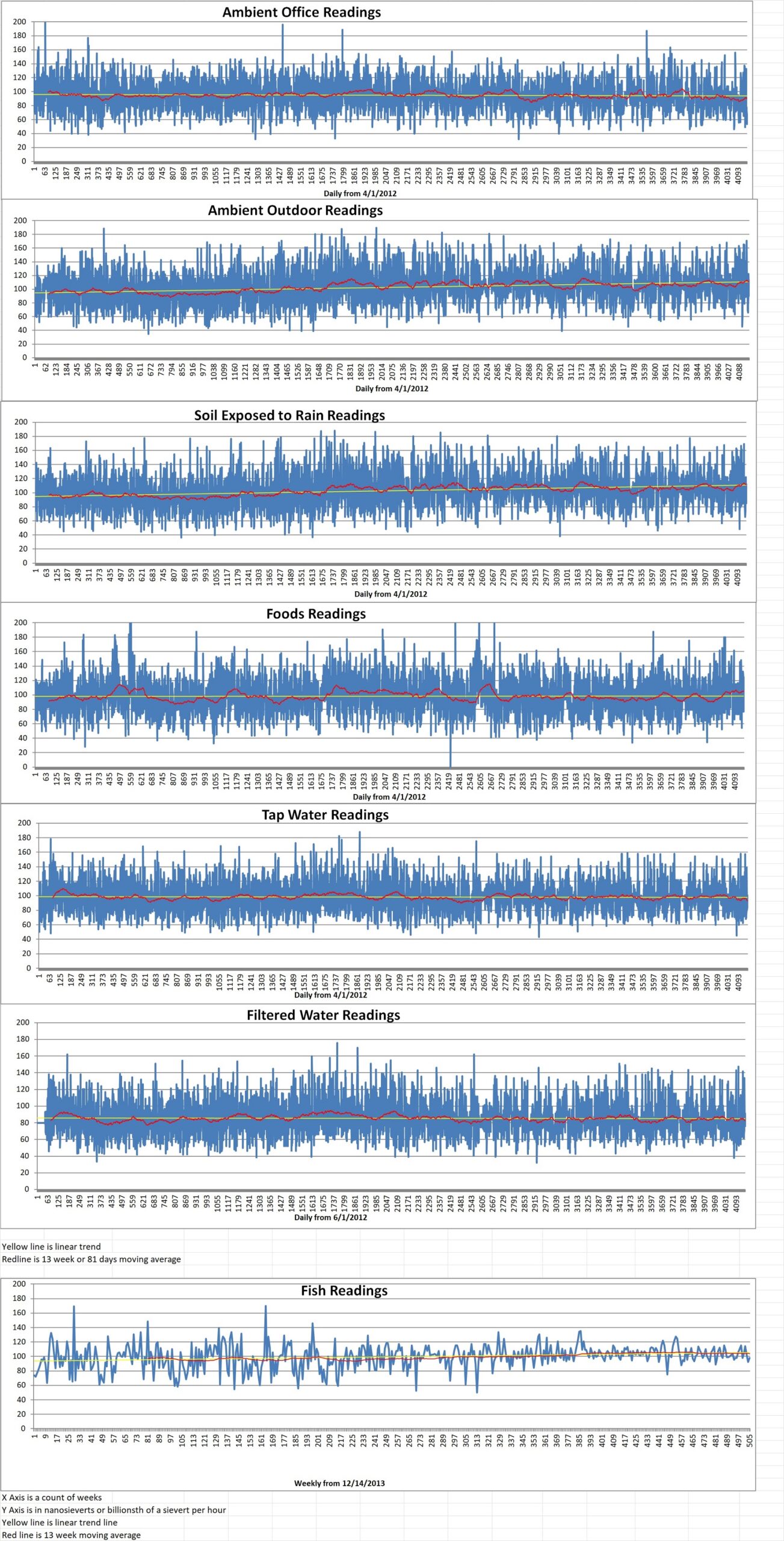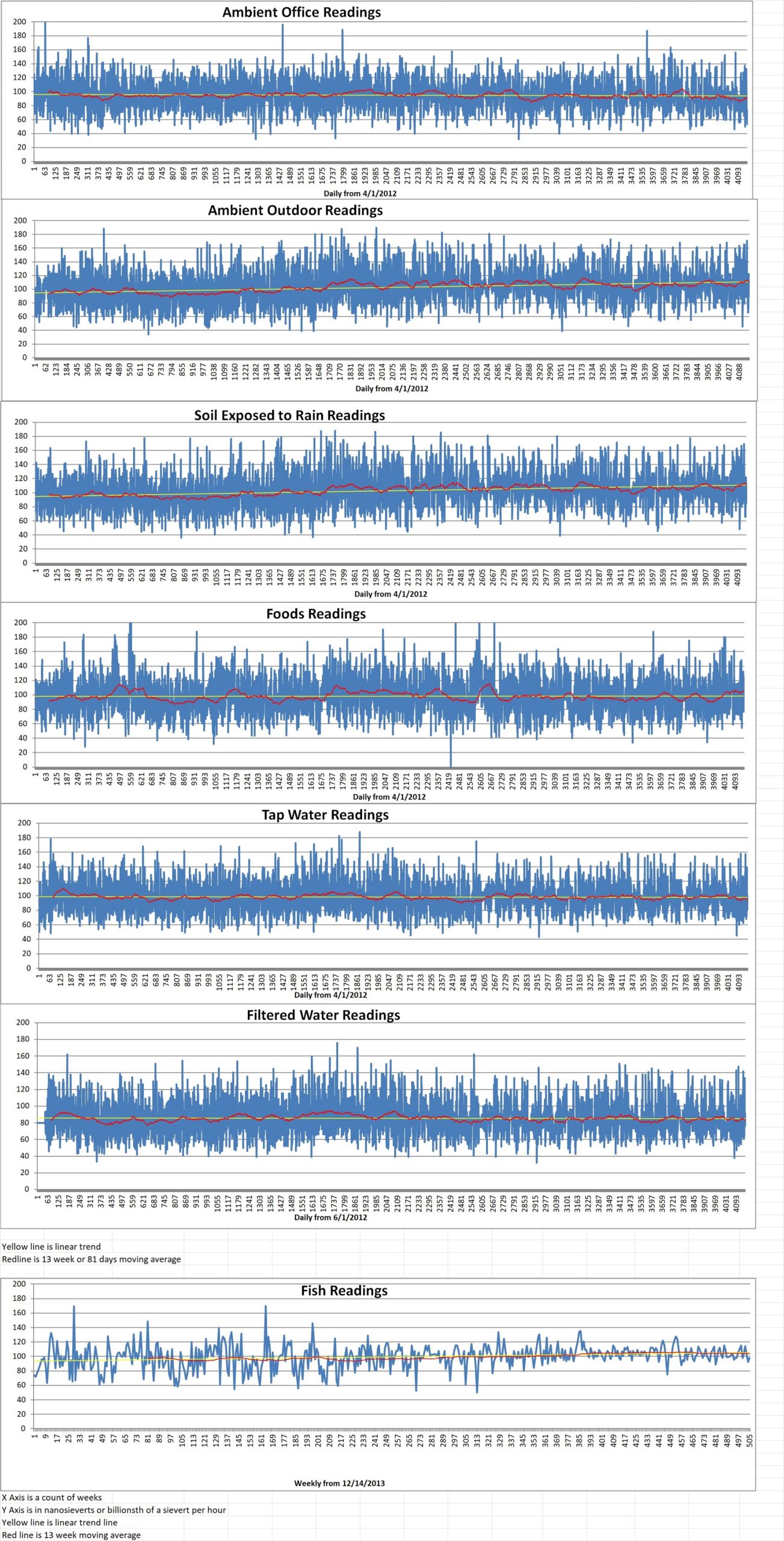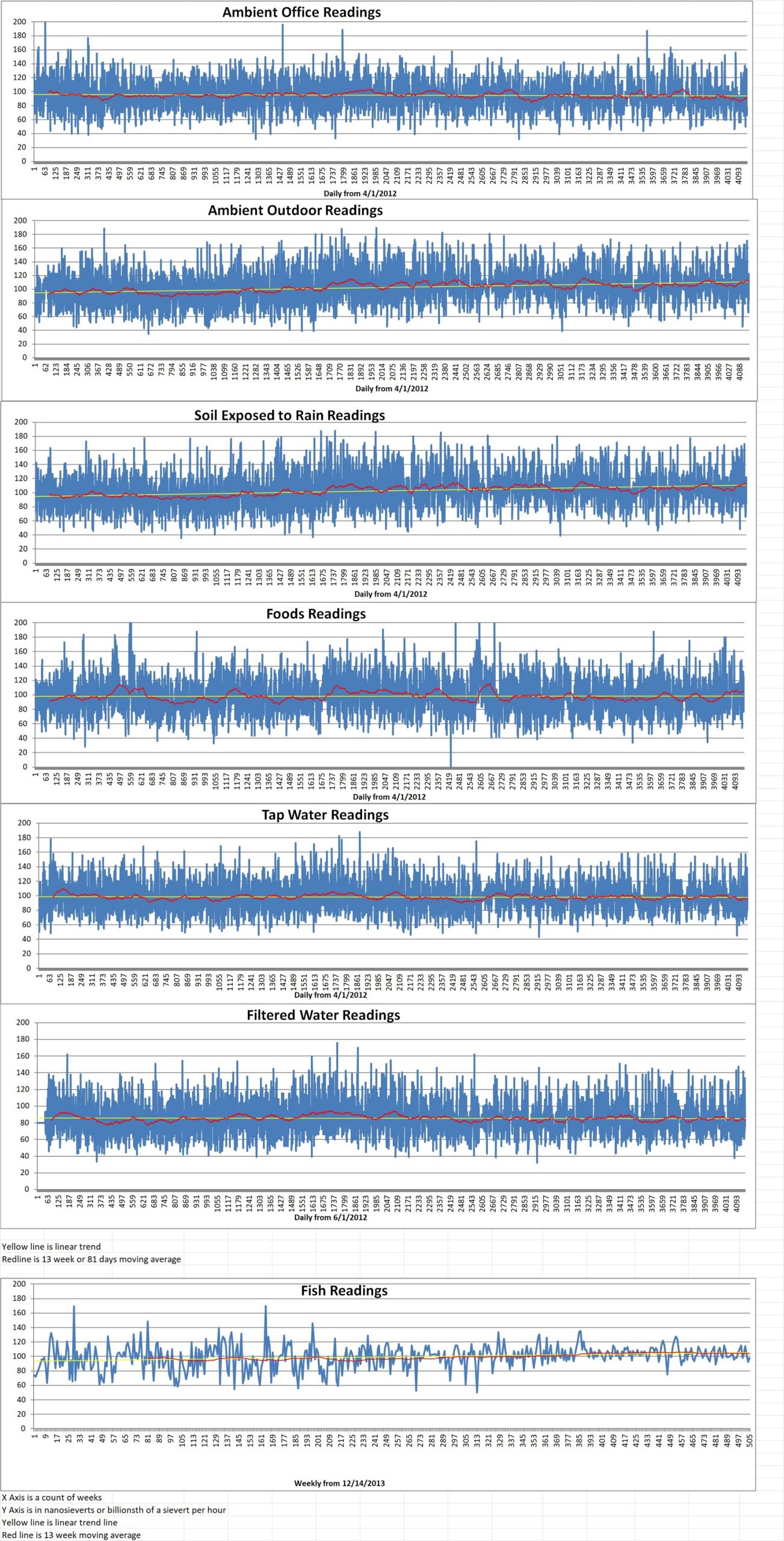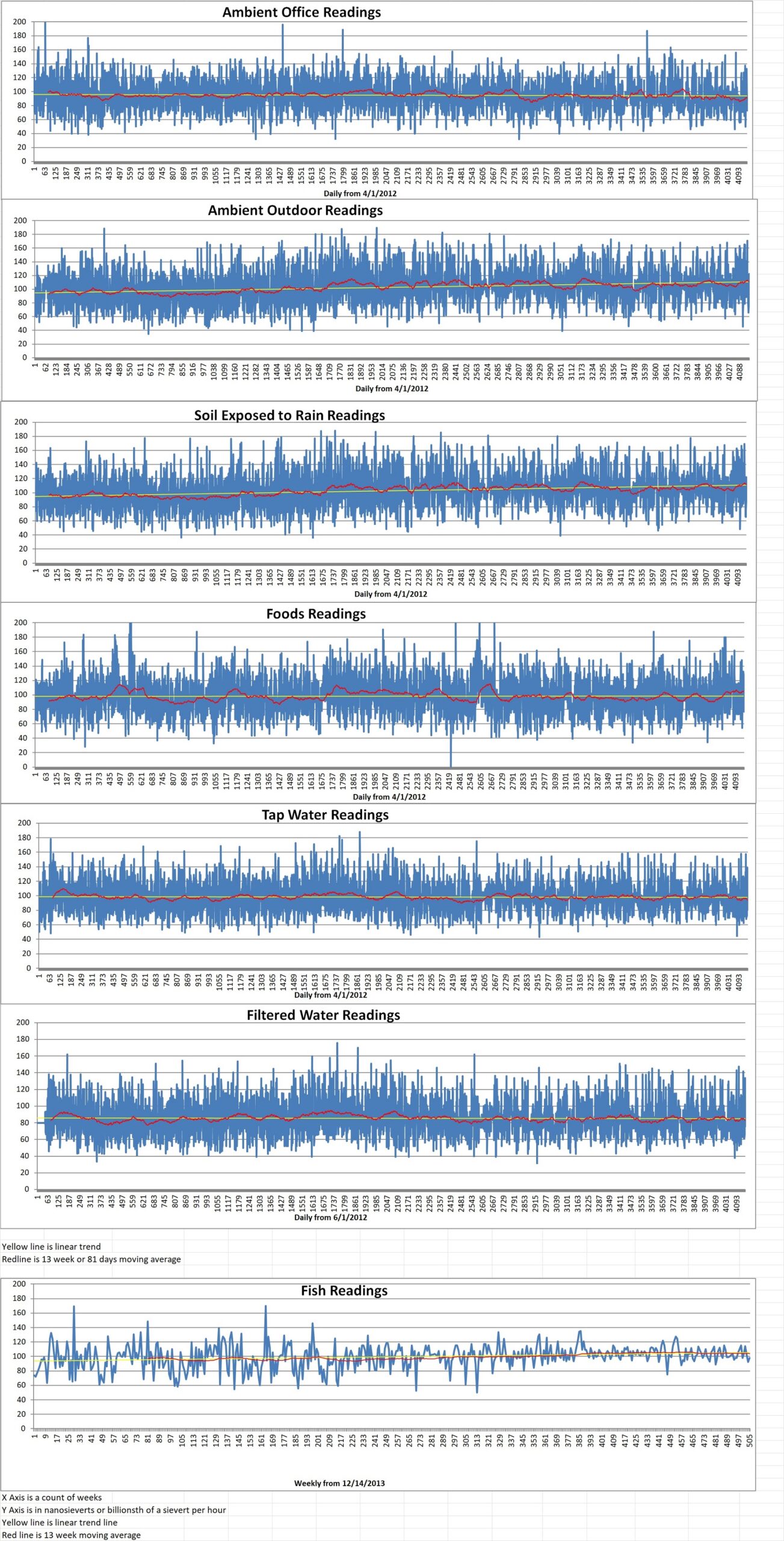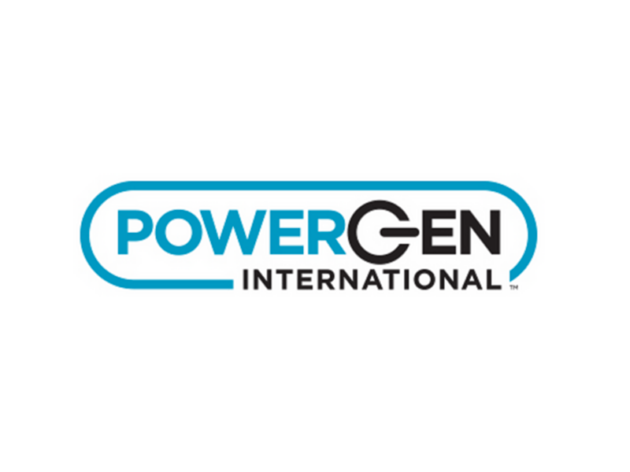Microreactors are referred to by some as ‘nuclear batteries.’ They are squarely in the spotlight at this year’s POWERGEN International 2024 conference. Microreactors do not produce more than fifty megawatts. Discussions at the conference explored the latest technologies, popular applications and the unique business models making them commercially viable. Four microreactors were highlighted as trailblazers in the sector:
The eVinci Microreactor from Westinghouse Electric Company is a heat pipe reactor that can produce 5MWe with a 13MWth core design. The reactor core is designed to run for eight or more full-power years before it needs to be refueled.
The eVinci reactor is factory-assembled and transportable in shipping containers via rail, barge, or truck. Customers will probably be industrial actors and remote communities. Applications include industrial heat and power, military, microgrids, cogeneration and hydrogen production. The first eVinci microreactor is scheduled to be operational by 2029.
NANO Nuclear Energy is working on ZEUS, a solid core battery reactor, and ODIN, a low-pressure coolant reactor.
The ZEUS microreactor is designed to harness thermal energy for direct heat applications or to convert it into electric power. This allows for a variety of applications, ranging from heating to electricity generation.
The ODIN reactor will operate at higher than conventional water-cooled reactor temperatures. This will boost resilience and conversion efficiency in generating electricity. According to NANO, the ODIN design is intended to take advantage of the natural convection of coolant for heat transfer to the power conversion cycle at full power and for decay heat removal during reactor shutdown, operational transients, and off-normal conditions.
Both NANO microreactors use High-Assay, Low-Enriched Uranium (HALEU) fuel, are modular, and are easily transportable.
The Micro Modular Reactor (MMR) Energy System from Ultra Safe Nuclear is a fourth-generation nuclear energy system that is being licensed in Canada and the U.S. and is advertised as the first ‘fission battery’ in commercialization. Ultra Safe Nuclear has created an order book for first users, with demonstration units scheduled to be operational in 2026.
The MMRs are being developed for government applications. These reactors are intended for use in space and are designed to offer energy security and decarbonization for hard-to-abate sectors, and remote communities. The MMR is modular and scalable and operates on ceramic-based TRISO fuel.
James Walker is the CEO of NANO Nuclear Energy. He stated that “nuclear is getting smaller…you could produce potentially thousands of these per year.” He added that while this may be the case, there are some significant challenges to overcome before production can increase.
These challenges include:
• Microreactors mainly compete with diesel generators which are a much more cost-effective option. To become more competitive, many more of these microreactors need to be sold to create economies of scale and this will take time. To be viable, the industry is targeting twelve to fourteen cents per KWh.
• New business models are needed. NANO Nuclear is leasing the energy produced by their microreactors to remove capital cost from the customer. Other commercial models are being explored in which communities can act as developers or part equity owners.
• A skilled workforce is required for microreactors. The question of who will maintain and operate these reactors on site must be answered. This is especially true because some customers will choose not to operate the system themselves.
• An efficient, domestic supply chain and secure fuel sources are critical to the success of the microreactor industry.
Microreactors have a long way to go before they can take their place in the energy mix. However, it must be emphasized that they aren’t here to compete with big build nuclear. Their value lies in their various niche applications. This is where these microreactors can make the biggest impact in the energy sector.

